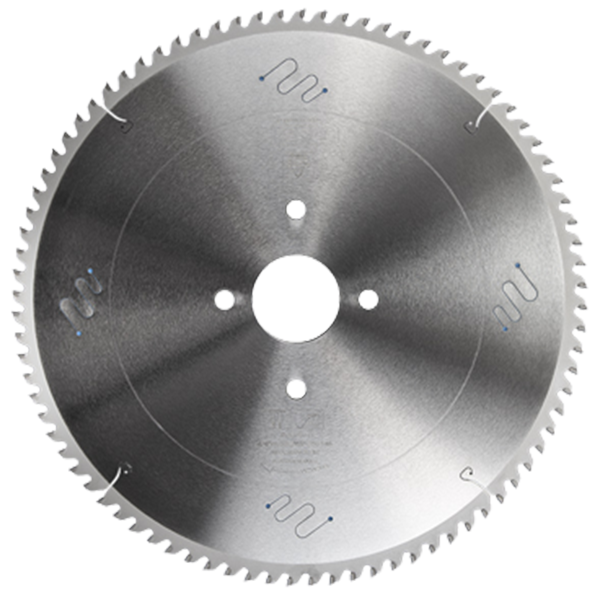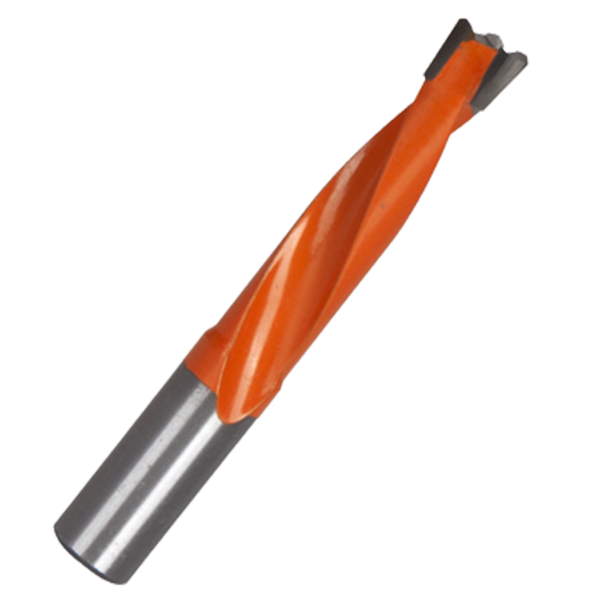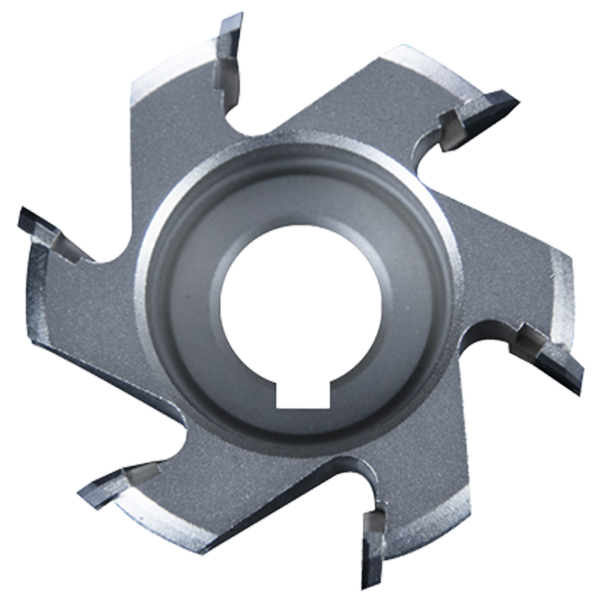For any professional woodworking shop, from a custom cabinet maker to a large-scale furniture manufacturer, the sliding table saw (or panel saw) is the undisputed workhorse. At the heart of this machine is its “soul”: the 300mm saw blade. For decades, one specification has been the go-to industry standard: the 300mm 96T (96-Tooth) TCG (Triple Chip Grind) blade.
But if it’s the “standard,” why is it also the source of so much frustration?
Ask any operator, and they will tell you about the daily battle with “chipping” (or tear-out), especially on the bottom face of brittle materials like melamine-faced chipboard (MFC), laminates, and plywood. This single issue leads to costly material waste, time-consuming rework, and imperfect finished products.
Furthermore, these standard 96T blades often fall victim to “pitch” or “resin buildup.” The glue and resins within engineered woods heat up, melt, and bond to the carbide teeth. This leads to increased cutting resistance, burn marks, and a blade that feels “dull” long before its time.
The challenge is clear: for any business cutting tens, or hundreds, of thousands of square meters of board, a “standard” blade that wastes material and time is no longer good enough. This has led to a critical search for a better solution.
What Are the Go-To 300mm Saw Blades on the Market Today?
When professionals look to solve the 96T problem, they typically turn to a few trusted, high-end market leaders. The landscape is dominated by premium brands that have built their reputations on quality:
Freud Industrial Blades (e.g., LU3F or LP Series): Freud is a global benchmark. Their 300mm 96T TCG blades are known for high-grade carbide and excellent body tensioning. They are a common choice for shops needing reliable performance on laminates.
CMT Industrial Orange Blades (e.g., 281/285 Series): Instantly recognizable by their “chrome” anti-pitch coating and orange bodies, CMT is another Italian powerhouse. Their 300mm 96T TCG blades are specifically marketed for chip-free cuts on double-sided laminates.
Leitz and Leuco (High-End German Blades): In heavy industrial settings (like on electronic beam saws), German engineering from brands like Leitz or Leuco is common. These represent the pinnacle of traditional 96T TCG design, built for extreme durability and precision.
These are all excellent blades. However, they all operate within the same design limitations of the traditional 96T TCG concept. They mitigate the problems, but they don’t solve them. Chipping is still a risk, and resin buildup is still a maintenance chore.
Why Does the 300mm 96T Standard Still Fall Short?
The problem isn’t the quality of these blades; it’s the design concept itself.
What Causes Chipping (Tear-Out)? A traditional TCG blade consists of a “trapper” tooth (the “T” or trapezoidal tooth) that cuts a narrow groove, followed by a “raker” tooth (the “C” or flat-top tooth) that clears the rest. To ensure durability, the rake angles (the “hook” of the tooth) are often conservative. This means that on the brittle exit-side of a laminate, the tooth isn’t slicing the material cleanly; it’s blasting or smashing its way through. This impact is what shatters the delicate melamine finish, creating “chipping.”
What Causes Resin & Pitch Buildup? Conservative rake angles also mean higher cutting resistance. More resistance equals more friction, and friction equals heat. This heat is the enemy. It melts the glues and resins that bind the wood fibers in plywood, OSB, and MFC. This sticky, melted resin clings to the hot carbide tooth, solidifying as “pitch.” Once this happens, the blade’s performance plummets, leading to a vicious cycle of more friction, more heat, and more buildup.
KOOCUT’s Revolution: Is 98T Really Better Than 96T?
This is the question that KOOCUT set out to answer. When developing the next generation of panel saw blades, we found that simply adding two more teeth to a traditional 96T design made almost no difference.
The real breakthrough came from a complete redesign of the tooth geometry and blade engineering. The result is the KOOCUT HERO 300mm 98T TCT Blade.
It’s crucial to understand: this is not just a 96T blade with two extra teeth. It is a next-generation blade where the new design and advanced manufacturing process are so efficient that they allow for 98 teeth, pushing the performance to its absolute limit.
In the Chinese market, KOOCUT’s original 300mm 96T blade was a strong competitor. Today, it is rapidly being replaced by the new HERO 98T. The performance leap is not incremental; it’s revolutionary. The new tooth design and body technology deliver gains that traditional 96T blades simply cannot match.
What Makes the HERO 98T’s Design Fundamentally Superior?
The KOOCUT HERO 98T solves the two core problems of chipping and resin buildup by re-engineering the TCG tooth itself.
1. Optimized Rake Angle for Extreme Sharpness The HERO 98T is based on the TCG concept but features a highly optimized, more aggressive positive rake angle. This small change has a massive effect.
How it Solves Chipping: The new tooth geometry is significantly sharper. It enters the material like a surgical scalpel, shearing the laminate and wood fibers cleanly instead of smashing them. The “slice” vs. “blast” difference is what provides a flawless, mirror-finish cut on both the top and, most importantly, the bottom side of the panel. No chipping. No waste.
How it Solves Resin Buildup: A sharper tooth means dramatically less cutting resistance. The blade glides through the material with less effort. Less resistance means less friction, and less friction means less heat. The glues and resins are cut and ejected as chips before they have a chance to melt. The blade stays clean, cool, and sharp, cut after cut.
2. A Stronger Body for Higher Speeds A more aggressive tooth is useless if the blade body isn’t strong enough to support it. We have comprehensively strengthened the entire blade body using advanced tensioning processes.
This enhanced stability is critical. On heavy-duty sliding table saws and high-speed electronic beam saws, the HERO 98T remains perfectly stable, with zero “flutter.” This ensures that the increased torque from the machine is translated directly into cutting power, not wasted as vibration. The result is that operators can use a faster feed speed while maintaining a perfect cut, dramatically increasing workshop productivity.
What Are the Real-World Benefits for Your Workshop?
When you move from a standard 96T blade to the KOOCUT HERO 98T, the benefits are immediate and measurable.
Faster Cutting Speed: As stated, the low-resistance design and stable body allow for a faster feed rate, especially on powerful saws. More parts per hour means more profit.
Massively Increased Blade Life: This is the most surprising benefit. A sharper blade that stays clean and runs cool holds its edge significantly longer. Because it’s not fighting friction or overheating from resin buildup, the carbide remains intact and sharp. You get more cuts between sharpening, lowering your tooling costs.
Unprecedented Versatility (The Solid Wood Advantage): Here is the real game-changer. Traditionally, you never use a TCG blade to crosscut solid wood; you would switch to an ATB (Alternate Top Bevel) blade. However, the HERO 98T’s geometry is so sharp and precise that it delivers a surprisingly clean, crisp crosscut in solid wood, in addition to its flawless performance on all panel goods. For a custom shop that switches between materials, this can dramatically reduce blade-change downtime.
Are You Ready to Evolve Beyond the 96-Tooth Compromise?
For years, the 300mm 96T blade from great brands like Freud or CMT was the best we could get. But it was always a compromise—a trade-off between cut quality, speed, and blade life.
The KOOCUT HERO 300mm 98T is not just “two more teeth.” It is a new generation of saw blade, engineered from the ground up to solve the specific problems of chipping and resin buildup that plague modern woodshops. The new tooth design and advanced body technology have created a blade that cuts cleaner, faster, and lasts longer.
If you are still fighting with chipping, wasting time cleaning resin off your blades, or looking for a way to increase your shop’s efficiency, it’s time to stop accepting the 96-tooth compromise.
Contact us to get quote!
Post time: Oct-30-2025

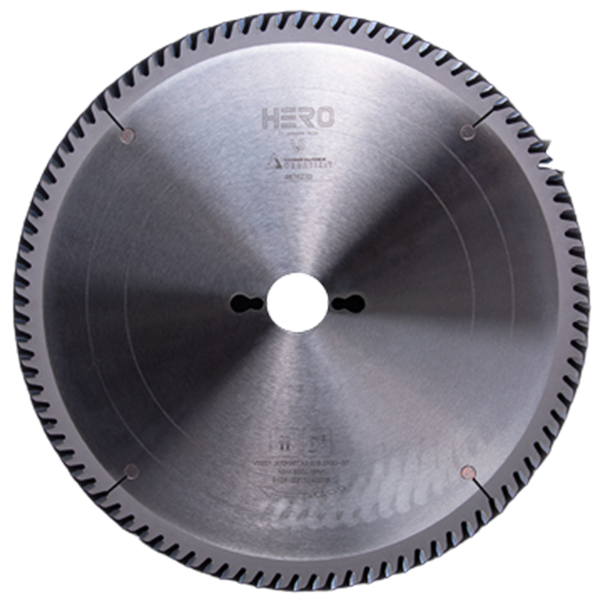 TCT Saw Blade
TCT Saw Blade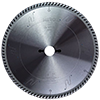 HERO Sizing Saw Blade
HERO Sizing Saw Blade HERO Panel Sizing Saw
HERO Panel Sizing Saw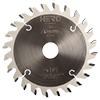 HERO Scoring Saw Blade
HERO Scoring Saw Blade HERO Solid Wood Saw Blade
HERO Solid Wood Saw Blade HERO Aluminum Saw
HERO Aluminum Saw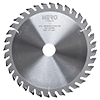 Grooving Saw
Grooving Saw Steel Profile Saw
Steel Profile Saw Edge Bander Saw
Edge Bander Saw Acrylic Saw
Acrylic Saw PCD Saw Blade
PCD Saw Blade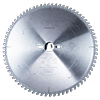 PCD Sizing Saw Blade
PCD Sizing Saw Blade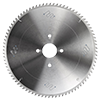 PCD Panel Sizing Saw
PCD Panel Sizing Saw PCD Scoring Saw Blade
PCD Scoring Saw Blade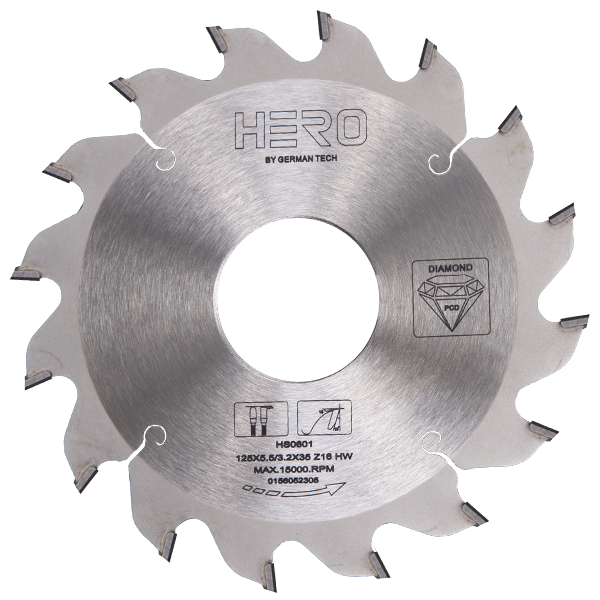 PCD Grooving Saw
PCD Grooving Saw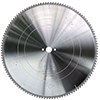 PCD Aluminum Saw
PCD Aluminum Saw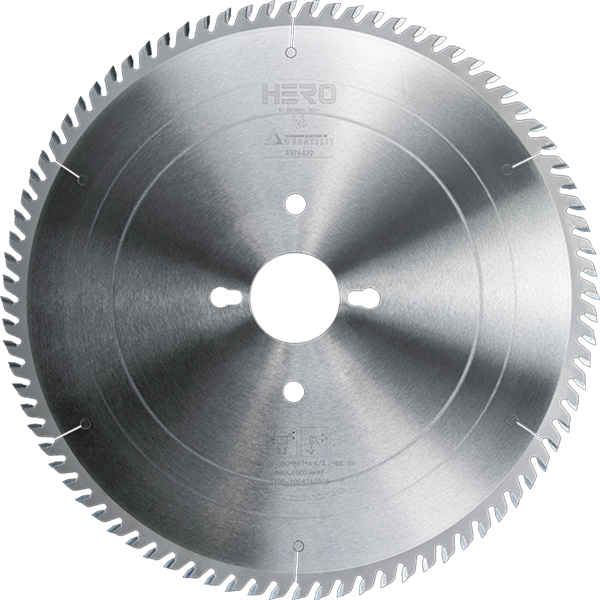 Cold Saw for Metal
Cold Saw for Metal Cold Saw Blade for Ferrous Metal
Cold Saw Blade for Ferrous Metal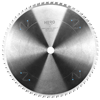 Dry Cut Saw Blade for Ferrous Metal
Dry Cut Saw Blade for Ferrous Metal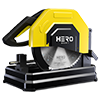 Cold Saw Machine
Cold Saw Machine Drill Bits
Drill Bits Dowel Drill Bits
Dowel Drill Bits Through Drill Bits
Through Drill Bits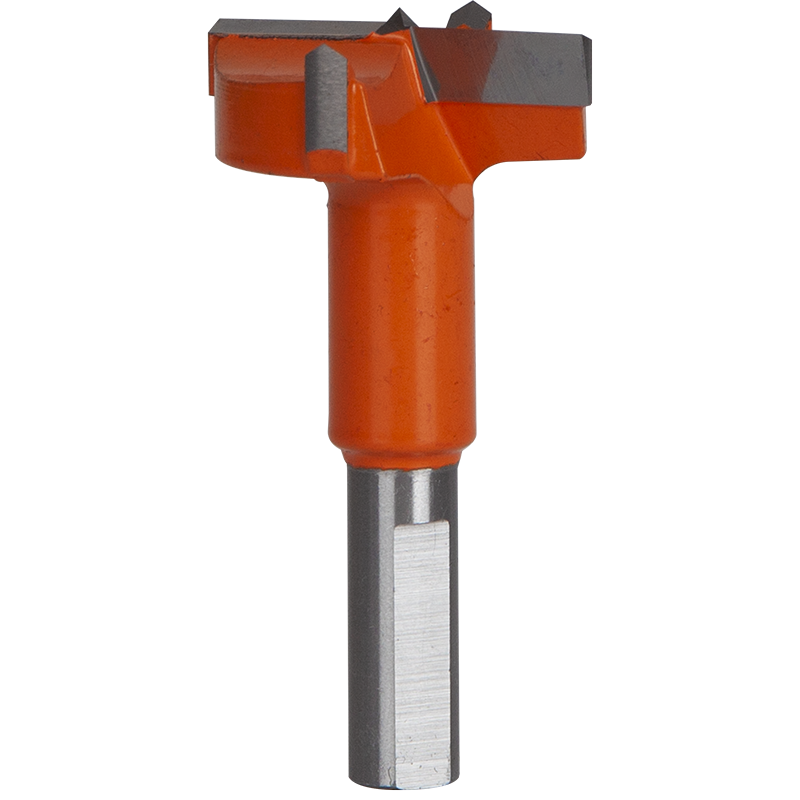 Hinge Drill Bits
Hinge Drill Bits TCT Step Drill Bits
TCT Step Drill Bits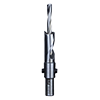 HSS Drill Bits/ Mortise Bits
HSS Drill Bits/ Mortise Bits Router Bits
Router Bits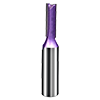 Straight Bits
Straight Bits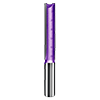 Longer Straight Bits
Longer Straight Bits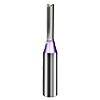 TCT Straight Bits
TCT Straight Bits M16 Straight Bits
M16 Straight Bits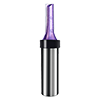 TCT X Straight Bits
TCT X Straight Bits 45 Degree Chamfer Bit
45 Degree Chamfer Bit Carving Bit
Carving Bit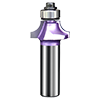 Corner Round Bit
Corner Round Bit PCD Router Bits
PCD Router Bits Edge Banding Tools
Edge Banding Tools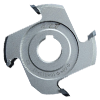 TCT Fine Trimming Cutter
TCT Fine Trimming Cutter TCT Pre Milling Cutter
TCT Pre Milling Cutter Edge Bander Saw
Edge Bander Saw PCD Fine Trimming Cutter
PCD Fine Trimming Cutter PCD Pre Milling Cutter
PCD Pre Milling Cutter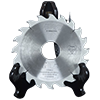 PCD Edge Bander Saw
PCD Edge Bander Saw Other Tools & Accessories
Other Tools & Accessories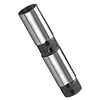 Drill Adapters
Drill Adapters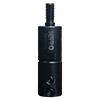 Drill Chucks
Drill Chucks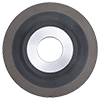 Diamond Sand Wheel
Diamond Sand Wheel Planer Knives
Planer Knives
